So, in the meantime, back on the topic of the lack of sidewalks in some charming neighborhoods. My desire to not disturb the current layout does not mean that I condone the current situation. The first sign we found as we crossed the Larchmont border into New Rochelle on Barnard Road was......
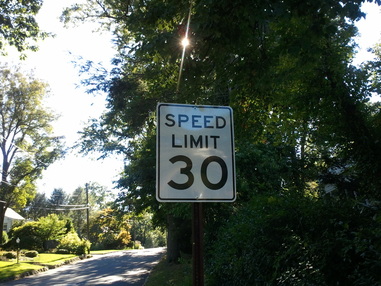
And yes, for those of you outside the United States, that sign is 30 miles an hour not 30 kilometers. NOT a pedestrian friendly speed. Especially on relatively narrow roads with no sidewalks.
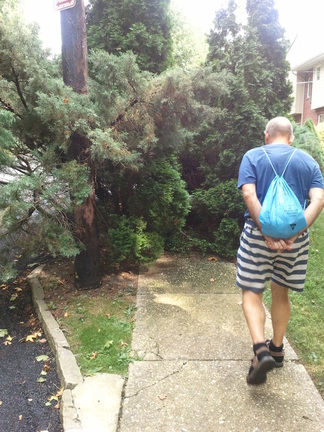
Walking east from the school
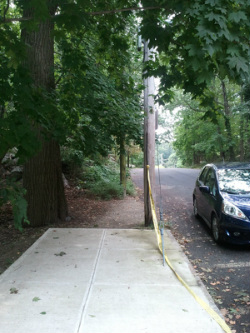
And heading west from the school

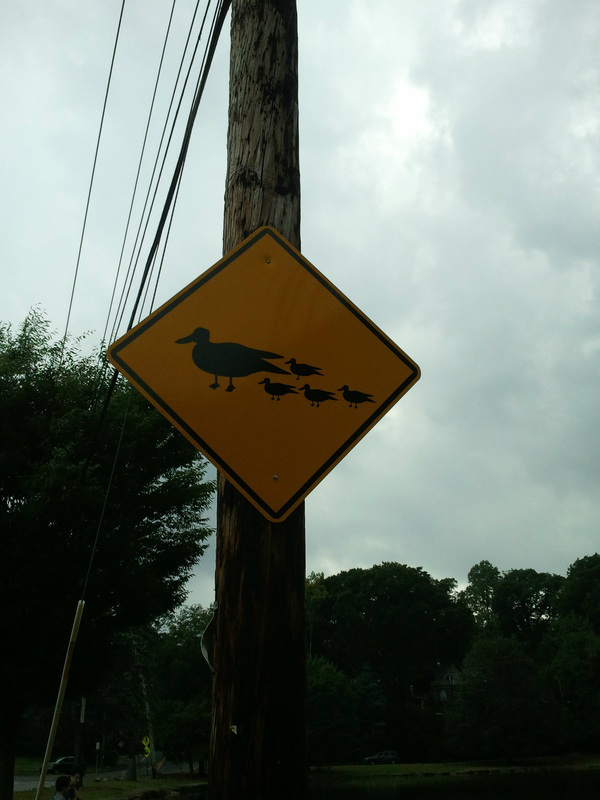
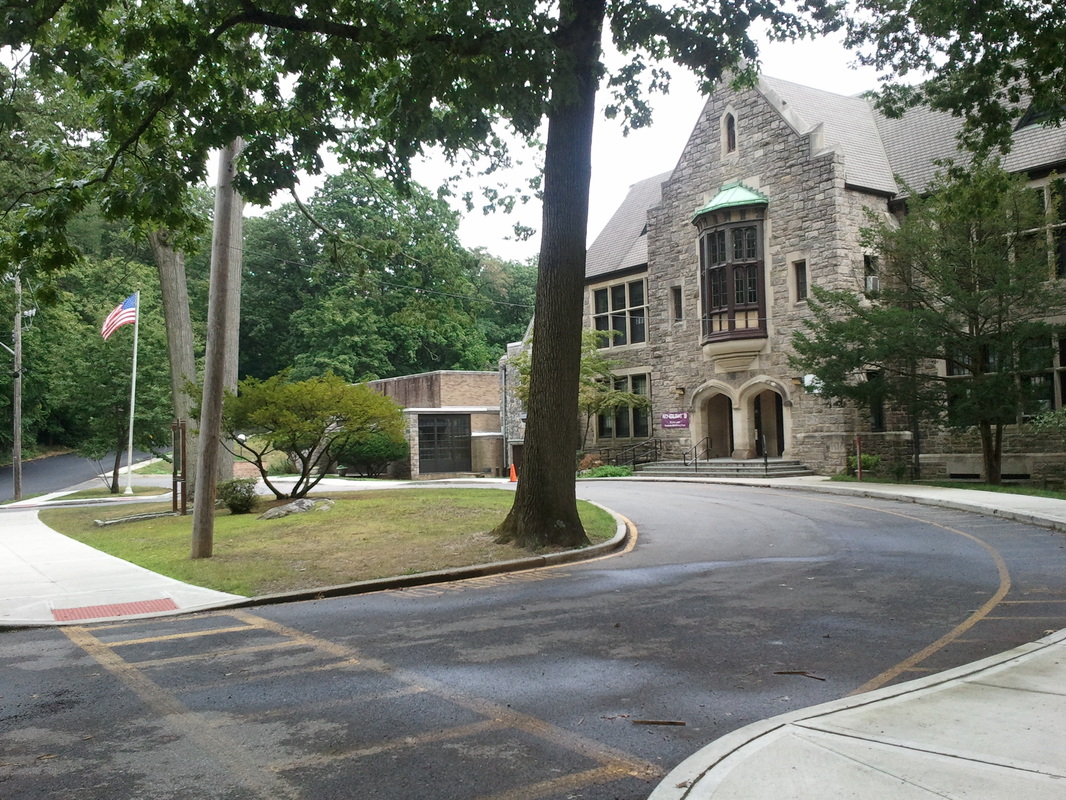

 RSS Feed
RSS Feed
